On July 4, 1826, former U.S. presidents and Founding Fathers John Adams and Thomas Jefferson died within hours of each other — exactly 50 years after the Continental Congress approved the Declaration of Independence.
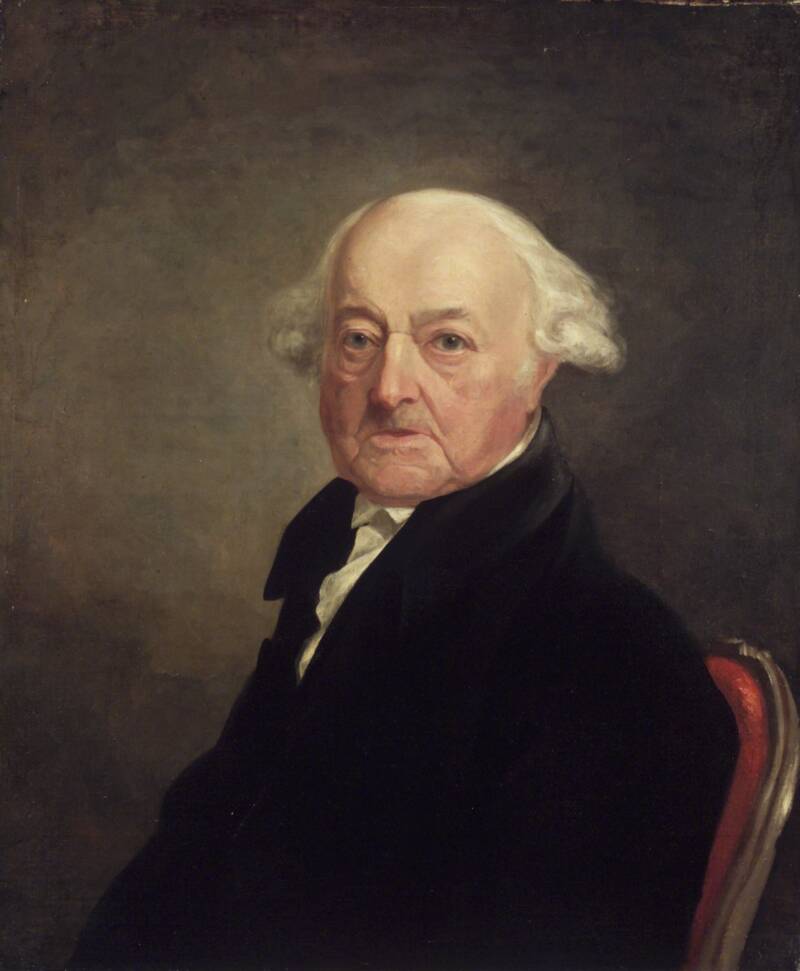
Brooklyn MuseumPresident John Adams died on the same day as his former political rival President Thomas Jefferson.
On the Fourth of July in 1826, former U.S. President John Adams died at his family farm in Quincy, Massachusetts. At first glance, John Adams’ death may not seem so unusual, as the retired politician was 90 years old. But the timing of his fatal heart attack was rife with bizarre coincidences.
For one thing, John Adams was one of the most famous Founding Fathers of the United States, and he had died on July 4, 1826. It was not only the Fourth of July, the holiday that celebrates American independence, but it was the 50th anniversary of the day that the Continental Congress approved the Declaration of Independence. On top of that, another Founding Father, Thomas Jefferson, died on the same exact day as Adams.
Jefferson, who was 83 years old and had been ill for some time, had long shared an on-again, off-again friendship and political rivalry with Adams. The two men had reconciled before their deaths, and Adams reportedly had Jefferson on his mind shortly before he took his final breath.
In fact, Adams’ last words are believed to be, “Thomas Jefferson still lives” or “Thomas Jefferson survives.” Unbeknownst to Adams, Jefferson had already perished by the time he said that — just hours earlier.
John Adams’ Historic Career In Politics — And His Abrupt Retirement
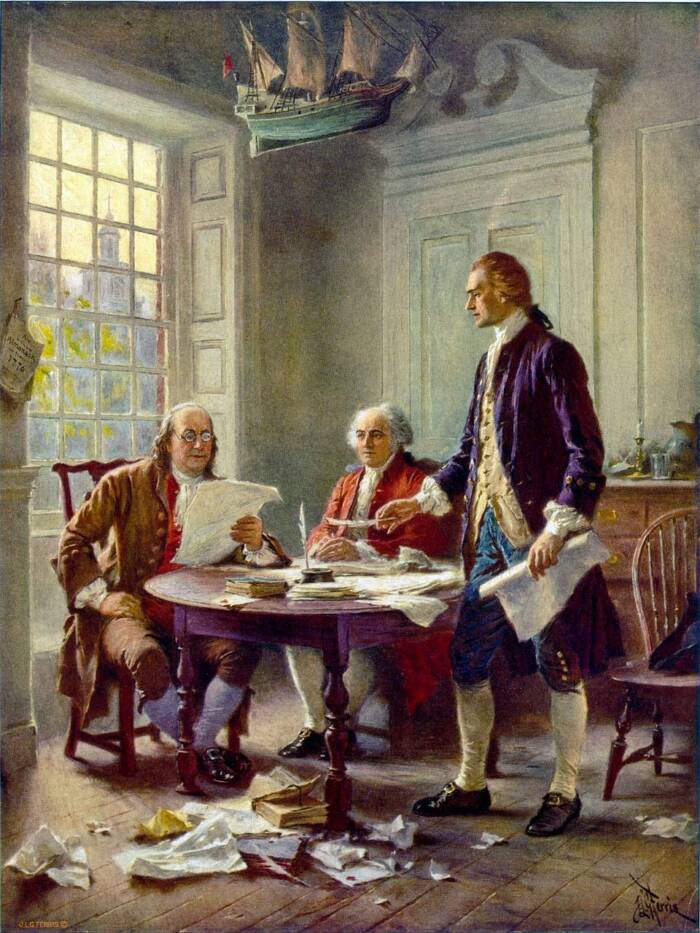
Virginia Historical SocietyBenjamin Franklin, John Adams, and Thomas Jefferson reviewing the Declaration of Independence.
Born in 1735 in Braintree, Massachusetts, John Adams went on to attend Harvard and became a lawyer. During the American Revolution, he served on 90 committees as part of the Continental Congress, including the committee of five delegates who wrote the Declaration of Independence. Thomas Jefferson, who was from Virginia, was also included in that committee, and he was later credited as the main author of the Declaration.
Following the historic success of the American Revolution, George Washington was famously elected the first president of the United States in 1789. Earning 69 electoral votes, Washington had support from every state that participated. John Adams came in second place with 34 electoral votes, which made him the nation’s first vice president.
During Washington’s presidency, Adams served as vice president while Thomas Jefferson was appointed secretary of state. Adams saw himself as Washington’s natural successor — but so did Jefferson.
The election of 1796 pitted the former allies against each other, with Adams running as a Federalist and Jefferson running as a Democratic-Republican. Adams succeeded that time around, but a rematch in the election of 1800 put Jefferson on top, as he defeated the incumbent Adams.
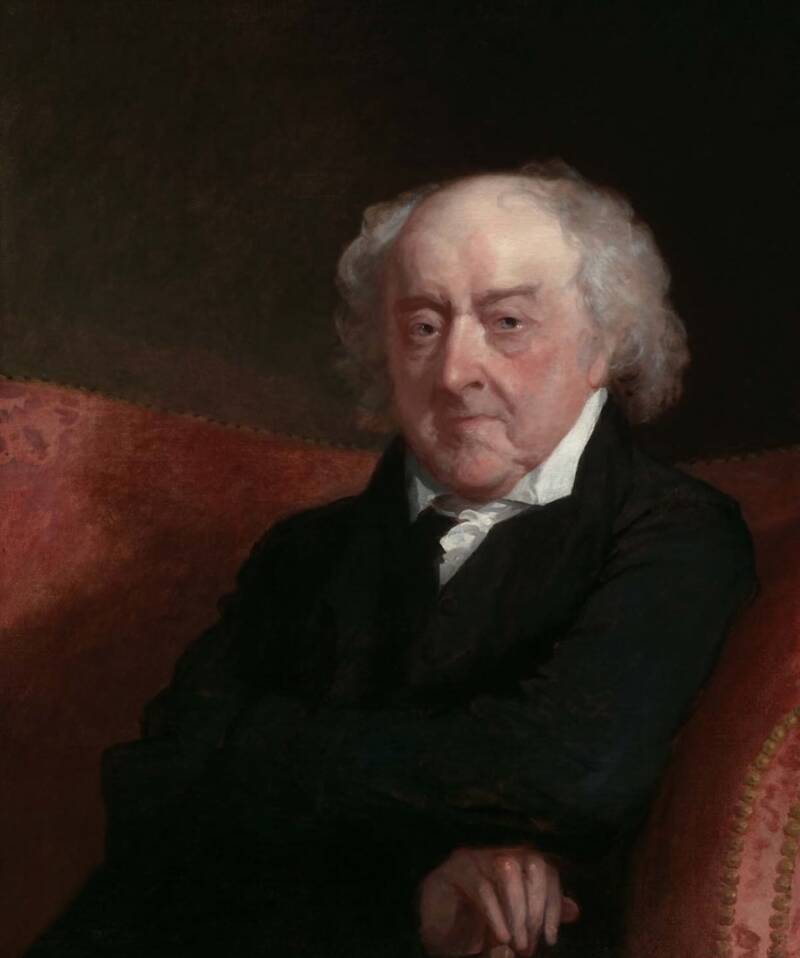
Smithsonian American Art MuseumSoon after losing the 1800 election, John Adams retreated to his family farm in Quincy, Massachusetts.
By 1801, John Adams had retired from public life. He had served as America’s first vice president and second president. But a defeat at the hands of Jefferson left Adams bitter. The former president retreated from the public stage and spent the next decade largely estranged from his former friend Jefferson, who described Adams as “vain, irritable and a bad calculator of the force and probable effect of the motives which govern men.”
Adams and his wife, Abigail, soon spent much of their time living on the family’s farm in Quincy, Massachusetts. Adams’ family kept him busy. Two of his granddaughters and the widow of his deceased son Charles moved in. While John Adams’ other son John Quincy pursued his own career in politics, John Quincy’s son would sometimes stay with John and Abigail as well. Thomas, John’s youngest son, also lived nearby with his family.
Since John Adams was 65 years old when he retired, he felt that he had already achieved many of his goals, with the exception of winning the election of 1800. So the former president sat down to write his autobiography and carry on correspondence with his friends.
How John Adams And Thomas Jefferson Reconnected — And Eventually Discussed Death
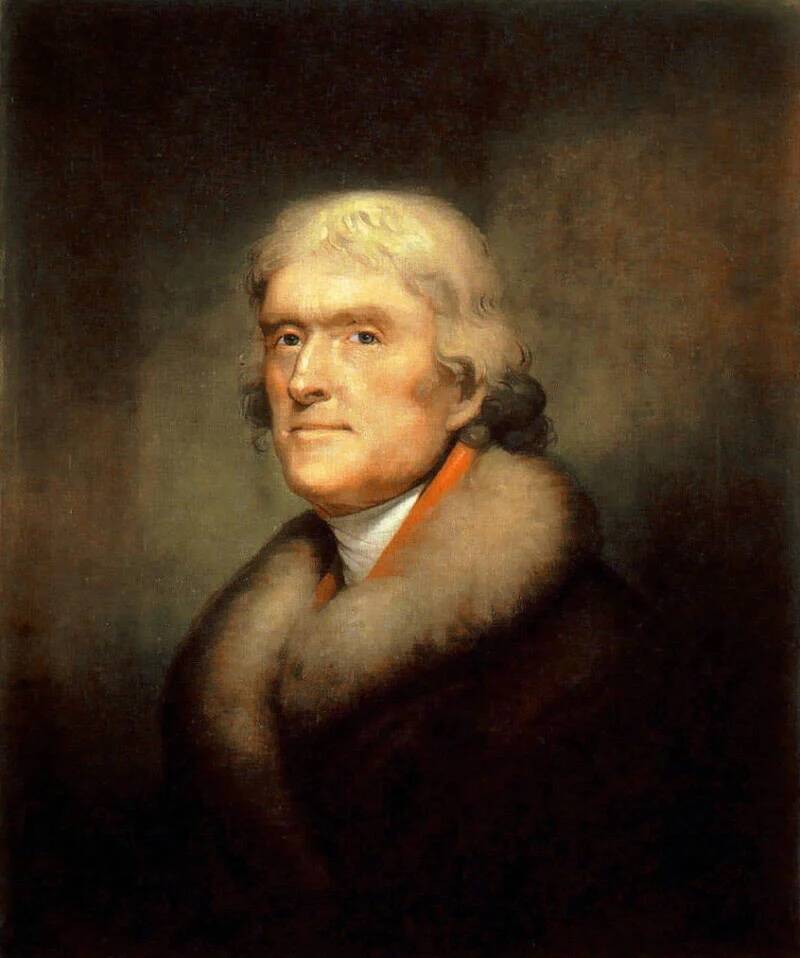
Public DomainAfter Thomas Jefferson (pictured) reconciled with John Adams, the two men exchanged over 150 letters.
By their later years, John Adams and Thomas Jefferson were no longer the rivals they once were. Jefferson, like Adams, had mostly retired (though Jefferson continued leading the American Philosophical Society until 1815).
In 1812, thanks in part to the insistence of former Continental Congress member Benjamin Rush, Adams and Jefferson finally ended their estrangement. They began writing to each other, their peaceful, friendly correspondence traveling from Massachusetts to Virginia and back.
The former political rivals would go on to exchange more than 150 letters in their final years. In 1822, about four years before Thomas Jefferson’s death and John Adams’ death, they even wrote to each other about dying.
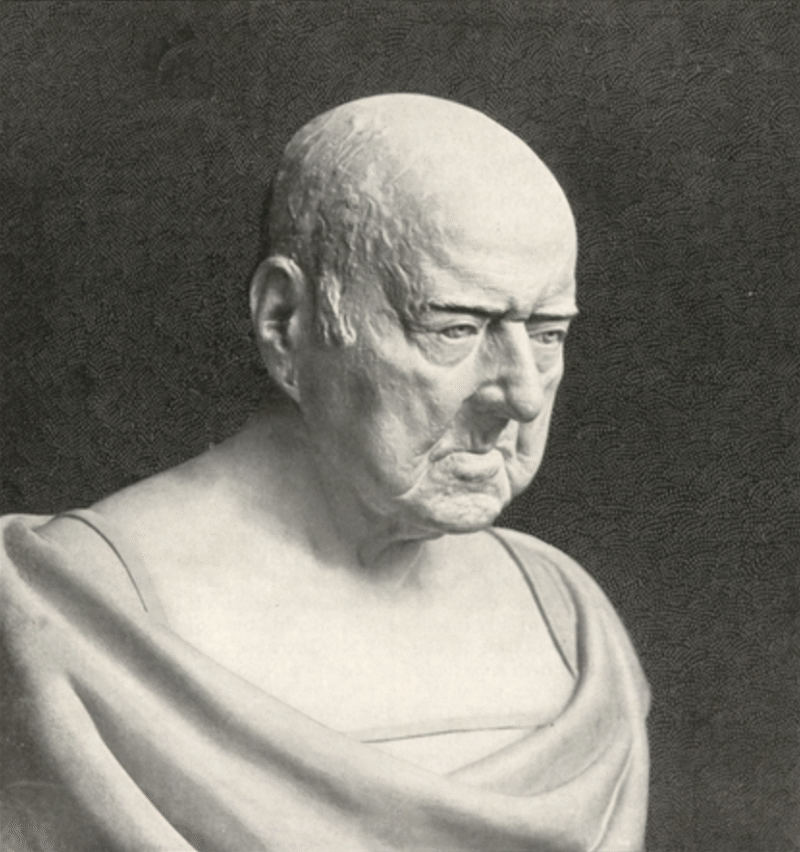
New York Public LibrariesShortly before his death, John Adams had a life mask made.
Jefferson, who had recently turned 79 years old, lamented the fate of another former politician who’d gone senile in his old age, writing, “It is at most but the life of a cabbage, surely not worth a wish.”
He later added: “When all our faculties have left, or are leaving us, one by one, sight, hearing, memory, every avenue of pleasing sensation is closed… when the friends of our youth are all gone, and a generation is risen around us whom we know not, is death an evil?”
Adams, who was then in his late 80s, responded: “I answer your question, Is Death an Evil? It is not an Evil. It is a blessing to the individual, and to the world. Yet we ought not to wish for it till life becomes insupportable; we must wait the pleasure and convenience of this great teacher.”
The Death Of John Adams On July 4, 1826
Americans celebrated the Fourth of July in 1826 as the 50th anniversary of the Declaration of Independence. John Adams and Thomas Jefferson lived long enough to mark the historic moment — but both died that day.
Jefferson had been ill for years at that point, suffering from boils, swollen joints, diarrhea, kidney damage, and urinary tract infections. Sometime around noon, Jefferson took his last breaths at Monticello. He was 83 years old when he died, and his exact cause of death has never been determined.
Later that day, Adams woke from a deep sleep at his family farm in Quincy, Massachusetts. He then declared, “Thomas Jefferson still lives” or “Thomas Jefferson survives,” believed to be his last words. Though John Adams was wrong, he would go to his death believing that Jefferson outlived him.
Around 6 p.m. on July 4, 1826, John Adams died at 90 years old.
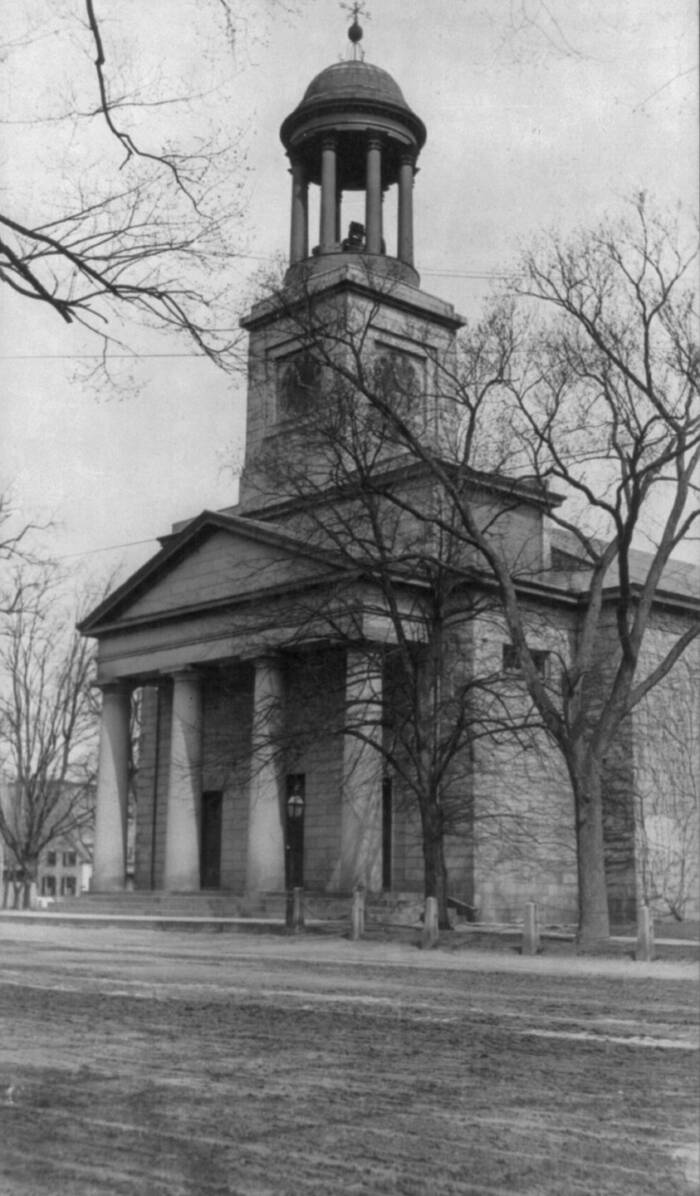
Library of CongressThe burial place of John Adams in Quincy, Massachusetts.
Though Adams was ill at the time of his fatal heart attack, he had been in surprisingly good health leading up to his demise. Perhaps that’s part of the reason why John Adams’ death sparked numerous unusual theories, like that divine intervention had something to do with the fact that he died on the same day as Thomas Jefferson. Some also thought that the former political rivals had one last “competition” to outlive each other, or that they were only “hanging on” to make it to the historic July 4th holiday.
Rumors have even swirled that one or both men may have intentionally died by suicide so their demises could be on July 4th, and there have even been allegations that the two men’s doctors “allowed” or “caused” their patients to die to end their suffering after they lived long enough to see the holiday. Of course, none of these claims have ever been proven.
As for Adams’ son, John Quincy Adams, who was then president himself, he firmly believed their same-day demise was a “visible and palpable” manifestation of “Divine favor.” In an executive order, he informed the nation: “John Adams departed this life on the 4th of this month. Like his compatriot Jefferson, he aided in drawing and ably supporting the Declaration of Independence… Such men need no trophies… We are their monuments.”
While Jefferson and Adams had their differences, they recognized each other’s commitment to the country in the end. As Jefferson once wrote to James Madison, “[T]his however I will say for Mr. Adams, that he supported the declaration with zeal & ability, fighting fearlessly for every word of it.”
After reading about John Adams’ death, go inside the agonizing death of George Washington — and how his doctors made it worse. Then, discover the most enthralling facts about the presidents of the United States.





